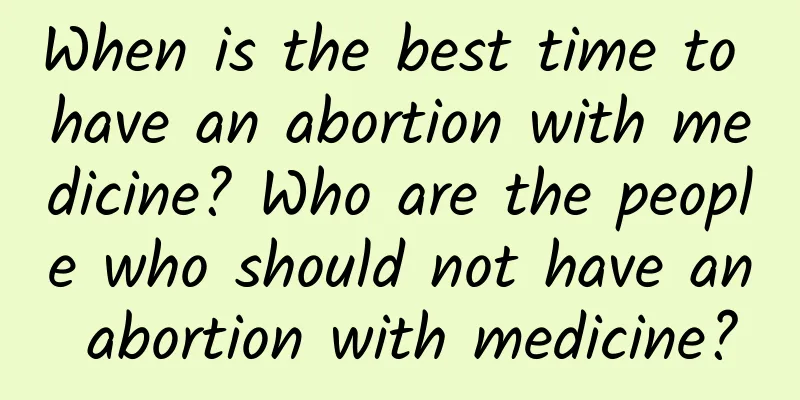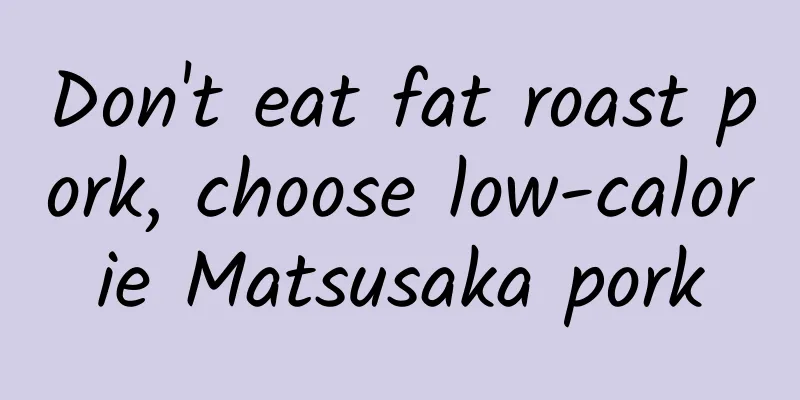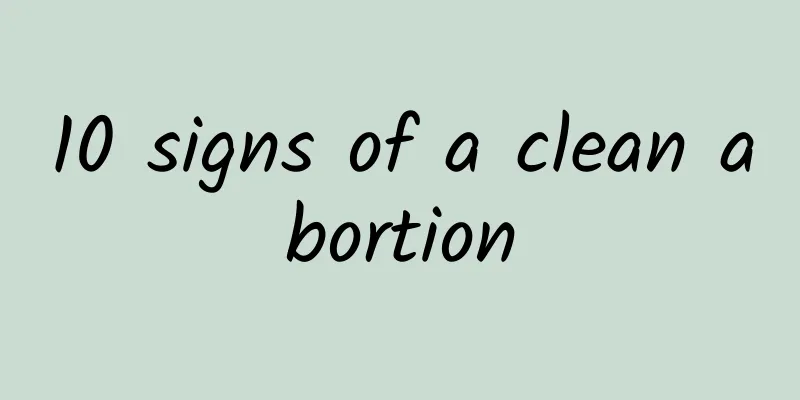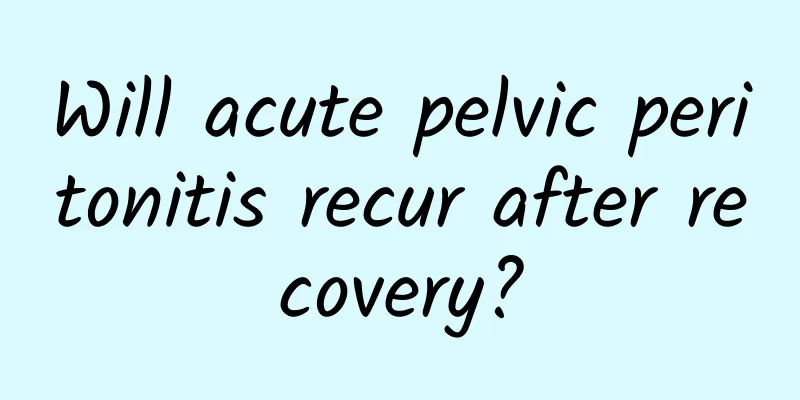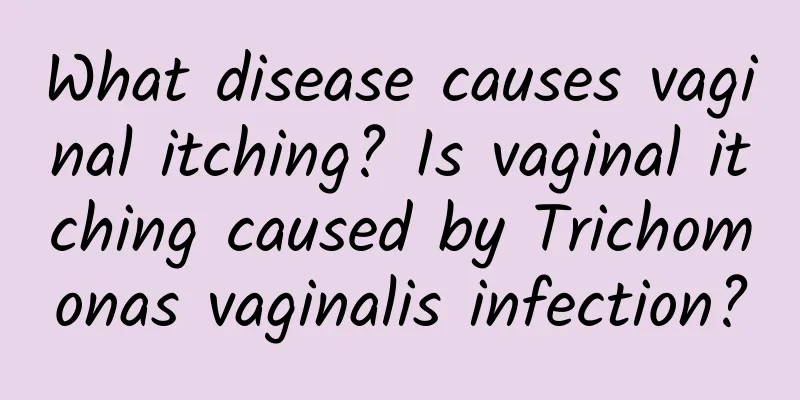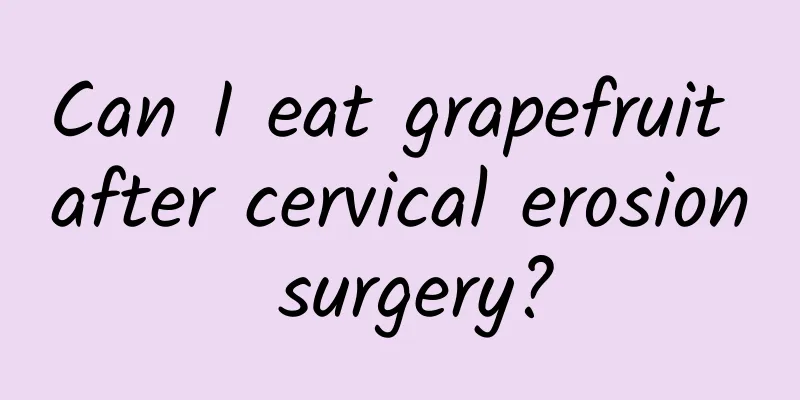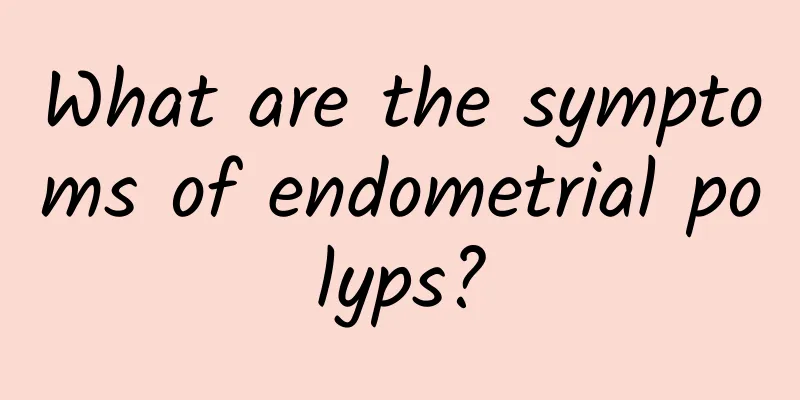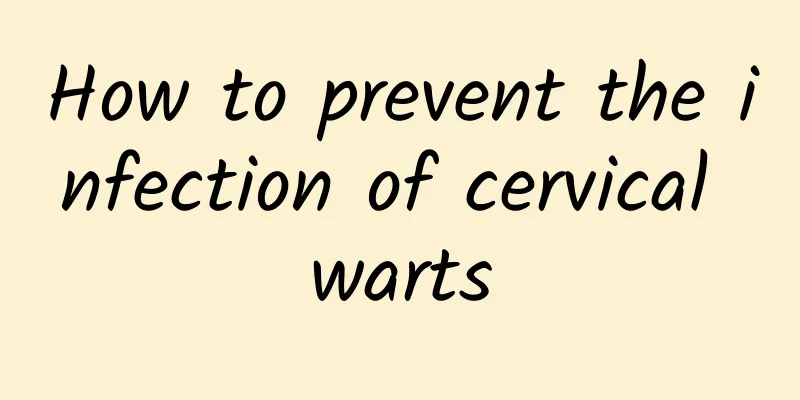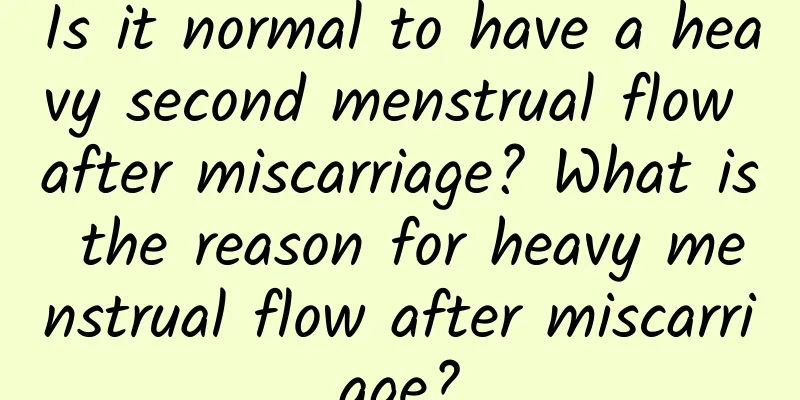Treatment of polycystic ovary syndrome Different treatments are chosen for different conditions
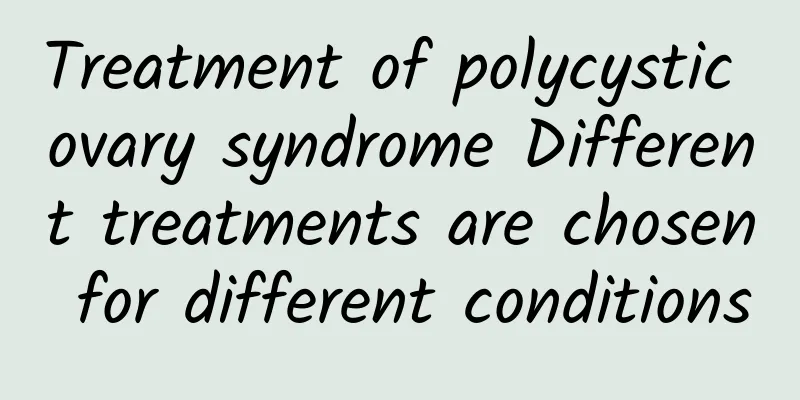
|
Polycystic ovary syndrome is a complex disease caused by endocrine and metabolic abnormalities. It is a common disease in women of childbearing age. The main symptoms of polycystic ovary syndrome are infertility, irregular menstruation, endocrine disorders, hirsutism and/or acne, etc. Let's learn about the treatment methods of polycystic ovary syndrome . Treatment of Polycystic Ovary Syndrome Drug treatment 1. Drug treatment to reduce hyperandrogenemia. Oral contraceptives are mainly used to protect the endometrium and adjust the menstrual cycle. OCP can reduce the patient's hyperandrogenemia to a certain extent, improve hirsutism and reduce androgen production by the ovaries. 2. Glucocorticoids. Dexamethasone and prednisone are the most effective drugs in this category. They are used to treat excessive adrenal androgen synthesis caused by hyperandrogenism in patients. This is because they have a greater affinity with the human body and can inhibit and control pituitary ACTH secretion, thereby reducing the secretion of adrenal androgens that are dependent on ACTH. 3. Spironolactone. The effectiveness of this type of drug in inhibiting enzymes is much worse than that of cyproterone acetate. It is an aldosterone analogue and has an anti-androgen effect. It competes with dihydrotestosterone (DHT) for receptors in peripheral tissues. When the effect of hyperandrogenism combines with androgen receptors, it inhibits 17α hydroxylase and reduces T and A. 4. Fluorinated amides are potent and highly specific nonsteroidal antiandrogens. They are steroid complexes with no intrinsic hormone or antigonadotropin effects, but they inhibit androgen effects through receptor binding and cannot reduce steroid synthesis. Compared with cyproterone acetate, serum androgen levels (including total testosterone and free testosterone) increase after treatment due to the antagonism of androgen target organ effects, despite the increase in serum androgen levels. 5. Letrozole. This type of drug was previously used mainly for the treatment of breast cancer. Ovulation induction therapy is a new indication for aromatase inhibitors (AIs). The main side effects include gastrointestinal reactions, fatigue, hot flashes, headache and back pain. Surgery 1. Bilateral ovarian wedge resection. This surgery requires the removal of one-third of the ovarian tissue. It is the earliest and most effective method for treating anovulation. After the surgery, 95% of patients will have normal menstruation and the pregnancy rate can reach 85%. 2. Laparoscopic ovarian electrocautery or laser perforation. This surgery uses thermal penetration or laser to perform laparoscopic ovarian perforation. It is a highly selective surgery with a high rate of single follicles. It is relatively effective and can promote ovulation after surgery. The incidence of postoperative adhesion is significantly reduced. It is mainly suitable for second-line treatment of patients with clomiphene resistance, avoiding multiple births and OHSS problems. The ovulation rate is 80%-90%, and the pregnancy rate is 60%-70%. |
<<: What are the side effects of birth control pills for women?
>>: Symptoms of polycystic ovary syndrome If you have these 5 symptoms, you should pay attention
Recommend
Cleanse the intestines and detoxify! 11 must-drink slimming teas
For many busy office workers, they rely on eating...
Understanding the symptoms of vulvar leukoplakia and vulvar pain from the perspective of traditional Chinese medicine
Vulvar leukoplakia is a disease caused by nutriti...
How long does it take for an ectopic pregnancy test strip to detect an ectopic pregnancy?
Pregnancy is something worth celebrating for a fa...
What should we pay attention to when we suffer from uterine fibroids?
What should we pay attention to when suffering fr...
Sexual life disorders can lead to the onset of uterine fibroids
The incidence of uterine fibroids is increasing. ...
Learn about the prevention of cervical hypertrophy in advance
The appearance of cervical hypertrophy brings a l...
What are the symptoms of female cervical erosion? The three major symptoms of female cervical erosion
1. Increased leucorrhea Increased vaginal dischar...
Why do women get uterine fibroids? What are the pathogenic factors of uterine fibroids?
I believe that many people have experienced the h...
What methods can be used to check for pelvic inflammatory disease?
What methods can be used to check for pelvic infl...
What to do if your breast hurts before your period
Breast pain is a common symptom of pain in women,...
Women need to know the causes of cervicitis
Among gynecological diseases, cervicitis is a rel...
Experts briefly describe the dietary precautions for cervicitis
Patients with any disease need to pay special att...
There are many causes of cervicitis.
The incidence rate of cervicitis has been very hi...
What medicine is used for cervical erosion? Several types of drugs commonly used in clinical treatment of cervical erosion
Cervical erosion is a common disease among women....
What are the causes of ovarian cysts?
What is an ovarian cyst? What are the causes of a...

